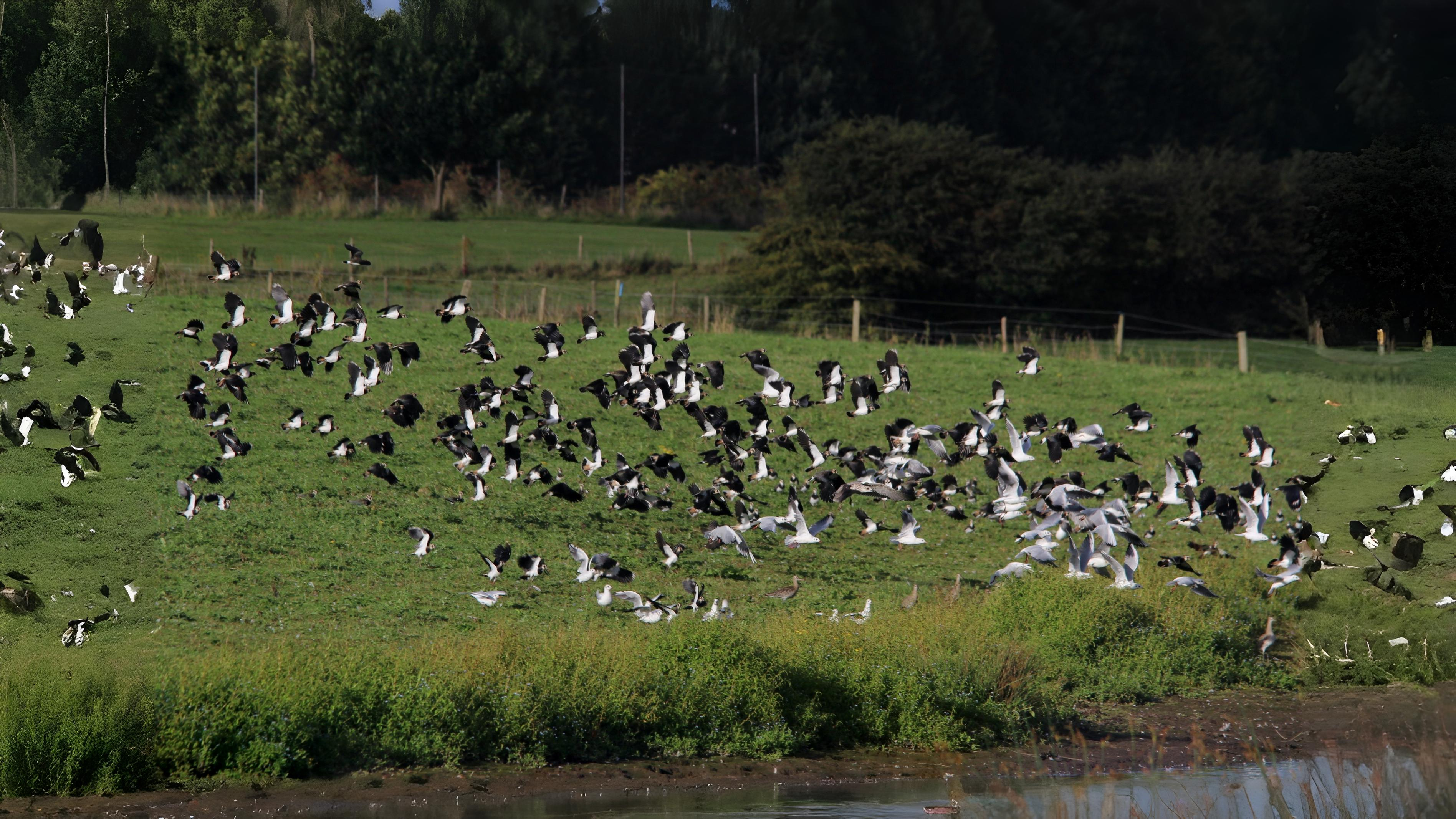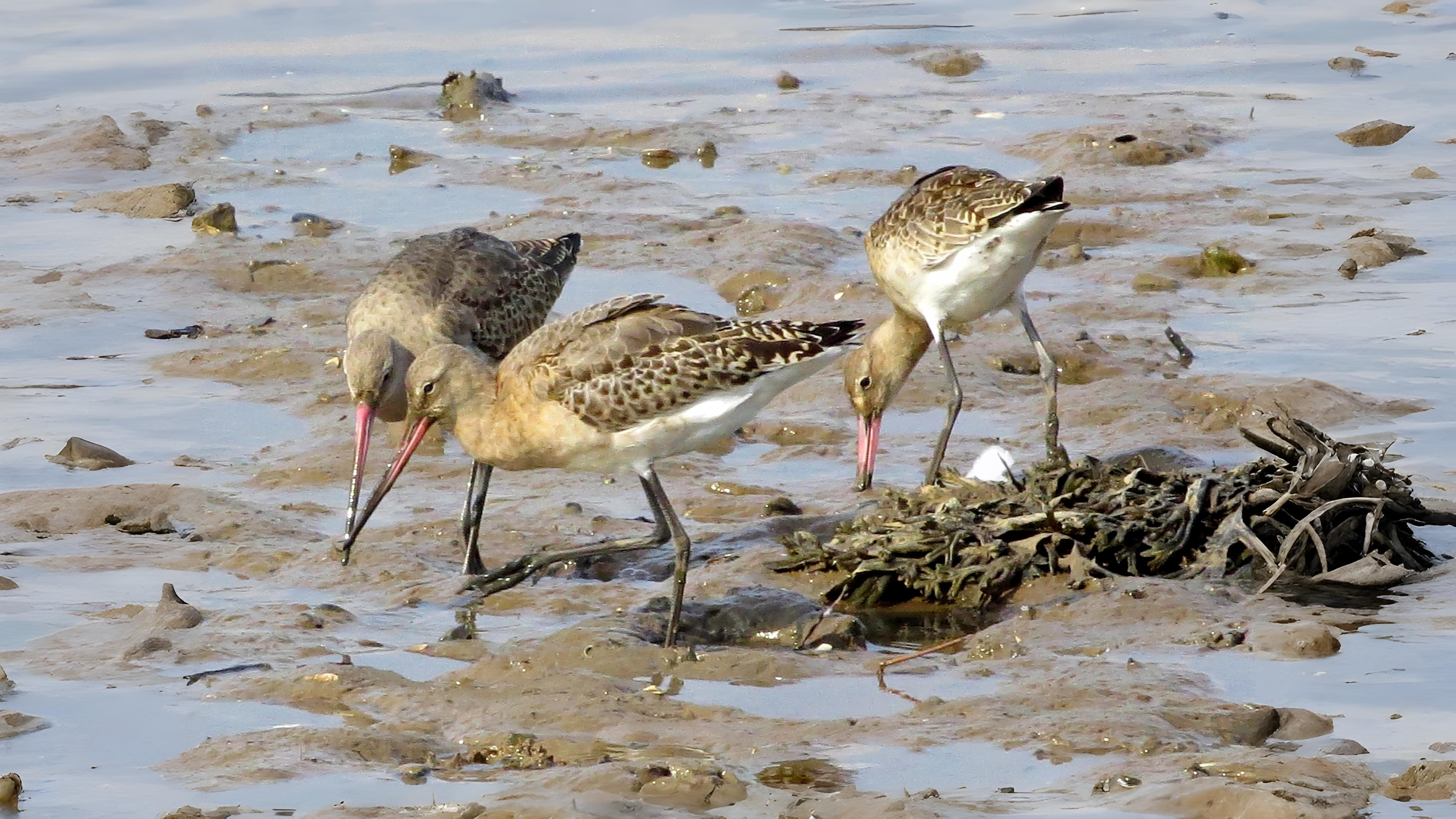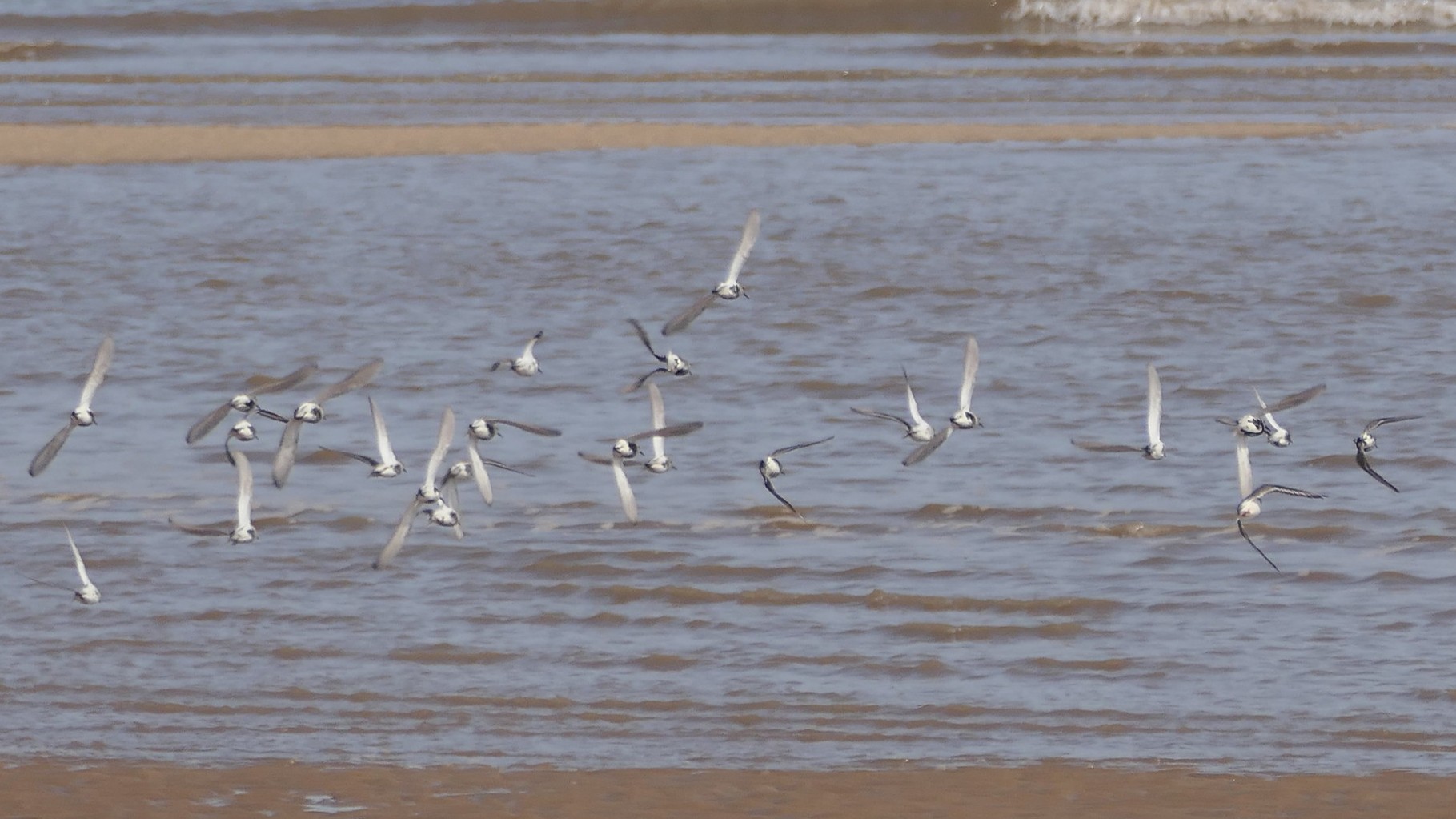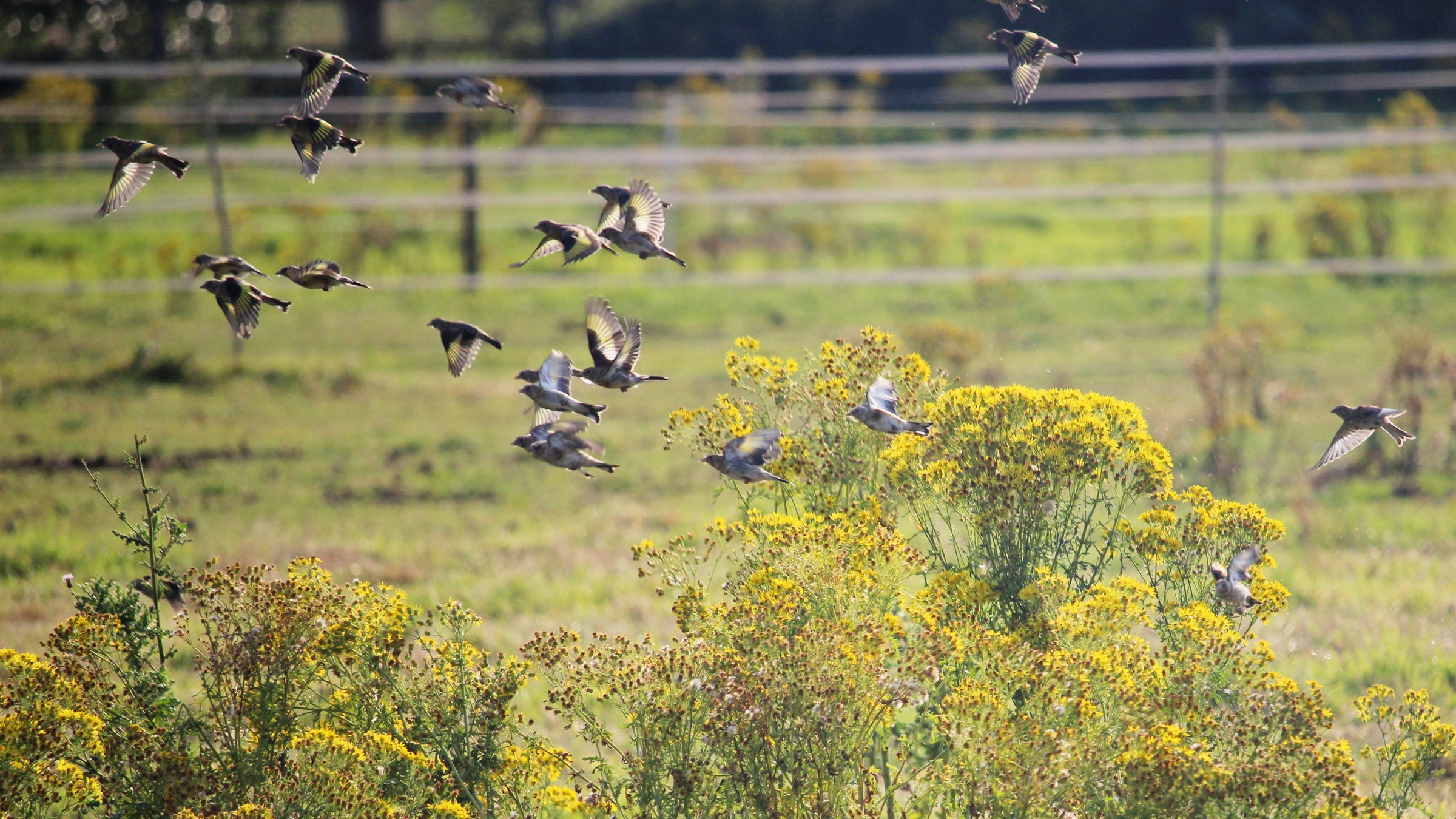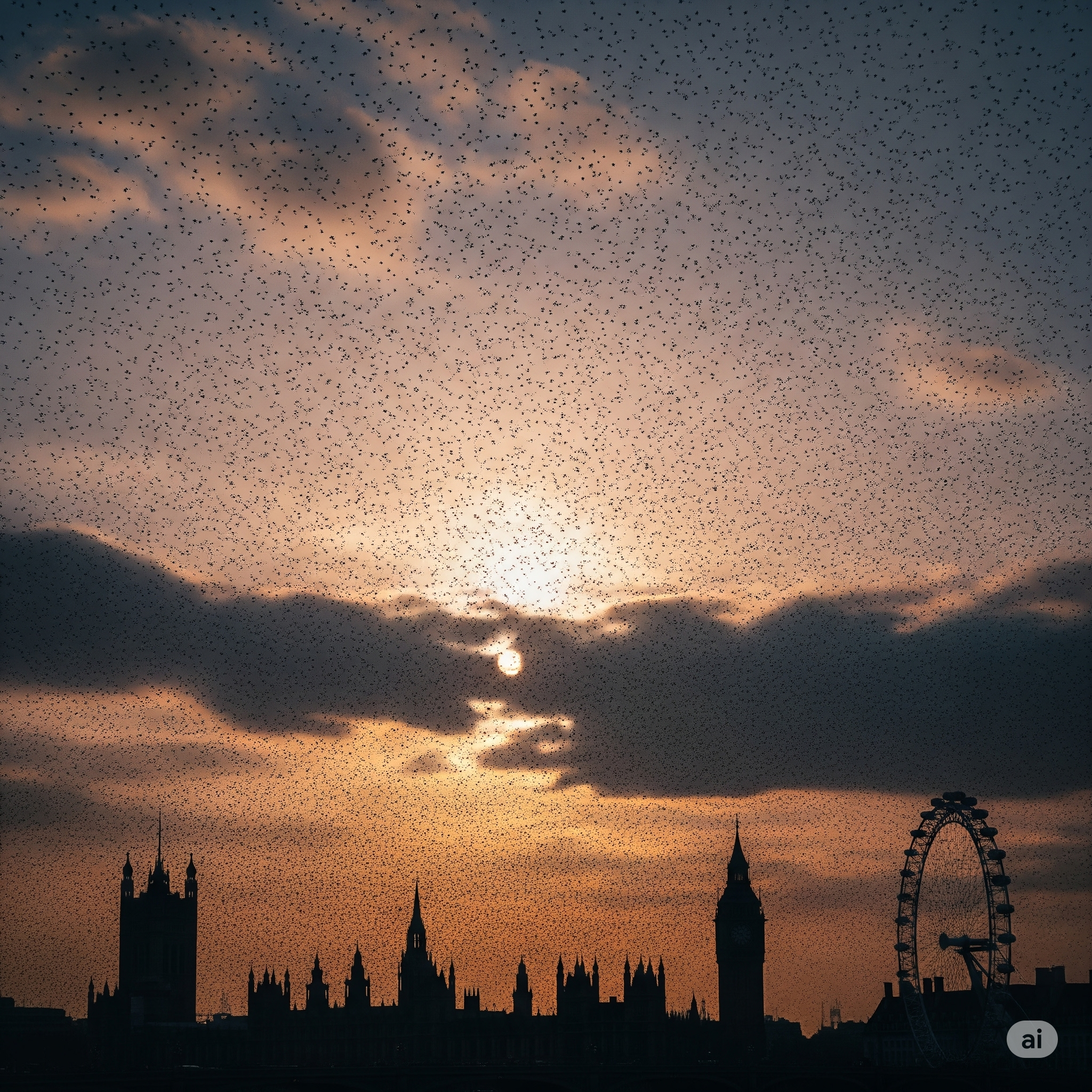
Ever looked out your window in August and seen a crow with missing feathers, or a rather drab-looking mallard? You’re witnessing one of nature's most crucial processes: the annual moult. For some birds, this means becoming flightless and hiding away, creating the illusion that they’ve vanished. At the same time, the skies and fields are coming alive with activity. From murders of crows in London parks to vast flocks of waders along the Thames, birds are gathering in impressive numbers for migration, safety, and to teach their young.
Return on August 11th to uncover the secrets of the moult and witness the spectacle of flocking.




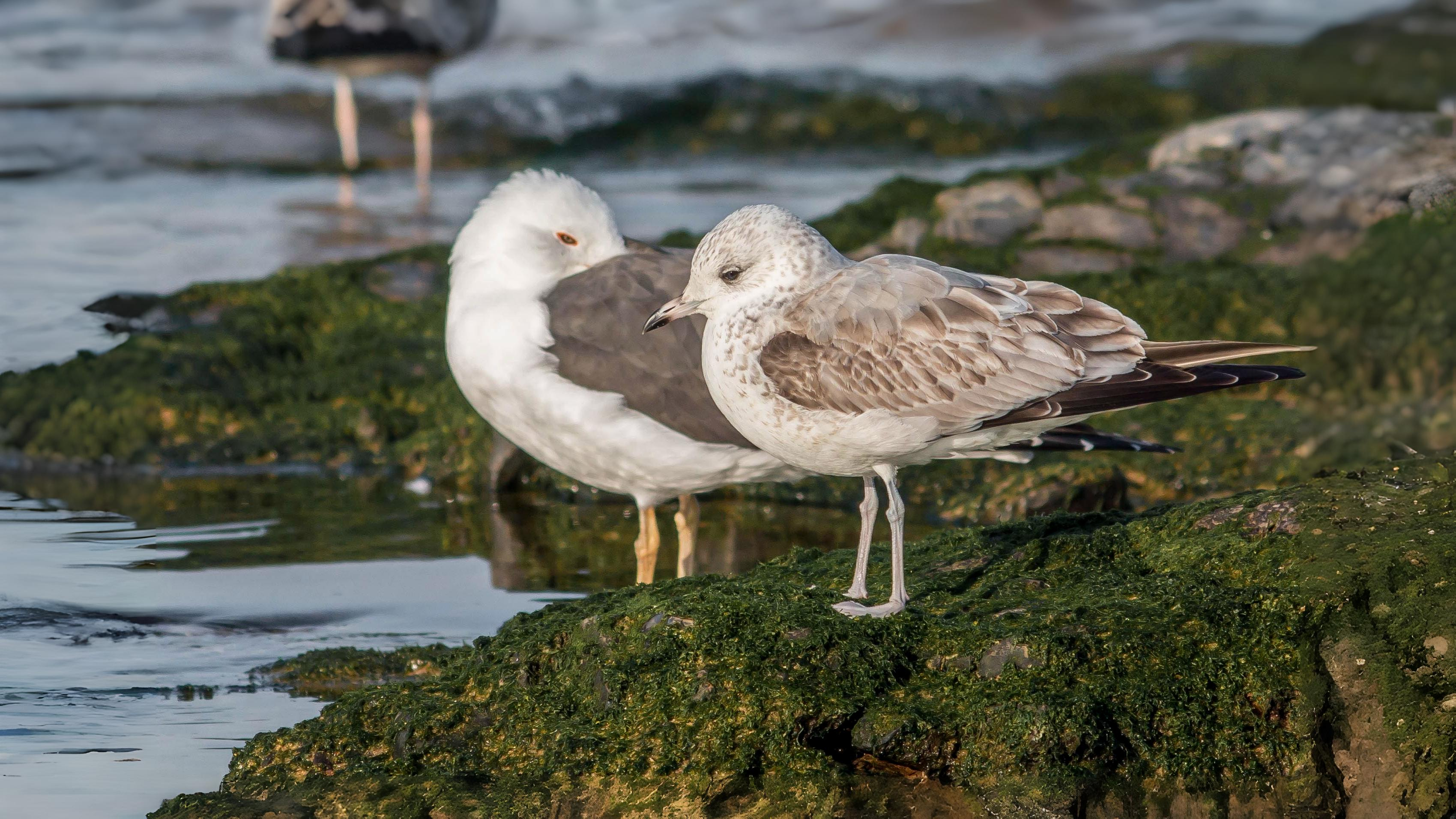



In gardens we tend to notice bands of tits possibly containing blue, coal, great and long-tailed tits. In such parties it is always worth looking out for marsh and willow tits which more rarely join them. In woods it is flocks of woodpigeons and chaffinches that are seen most often but there may well be smaller family groups of chiffchaff, willow warbler and possibly even tree creepers and goldcrests. Among groups of chaffinches it is always worth looking for redpolls.
